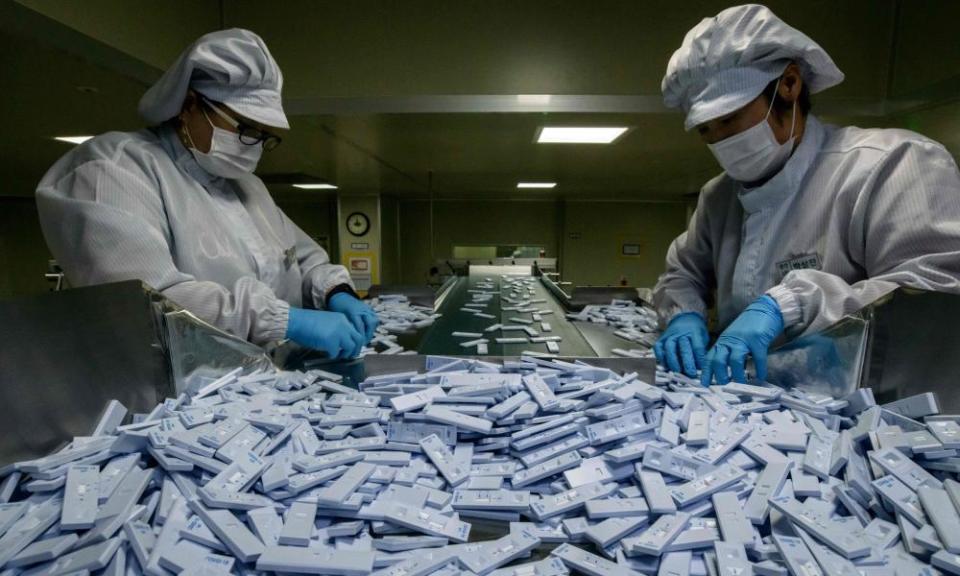Coronavirus outliers: four nations with very different approaches to the crisis

Harrowing images of emergency workers struggling to cope with the onslaught of Covid-19 cases have made front pages around the world, highlighting the terrible impact the disease is having. Death tolls in Italy and Spain have been especially alarming.
But not every nation has suffered to the same grim extent. Some have avoided lockdowns but have still not suffered huge leaps in case numbers. Others have introduced strict monitoring and contact tracing of infected individuals and have managed to contain the disease so far. Here we look at the ways four very different nations have reacted.
Japan remains one of the major international puzzles – as it has avoided the death tolls that have affected Italy and Spain – but without imposing draconian restrictions on movement or widespread testing. Hokkaido, so far the worst-affected region with 154 cases, is now lifting its state of emergency. Some officials still believe Tokyo could still be affected by a major outbreak, however.
Sweden reacted very differently to its Scandinavian neighbours Norway and Denmark, which imposed tight restrictions when Covid-19 first appeared in Europe. Instead Sweden closed only its high schools and colleges while keeping schools for younger children open – along with bars, restaurants and borders.
Germany remains a Covid-19 outlier because of its very low mortality rate: 200 out of a total of 37,000 cases, just under 0.6%. (Spain’s death rate is 7.8%; Italy’s is 10.1%.) Health experts point out that in Germany, many more people are being tested – including young and healthy individuals, who are not likely to die from coronavirus.
South Korea reacted with remarkable speed in January. The nation had suffered previous coronavirus outbreaks of severe acute respiratory syndrome (Sars) and Middle East respiratory syndrome (Mers) and had a very clear idea of how to proceed. Contacts of infected people were traced with considerable effort. More than 338,000 tests have since been carried out, revealing 8,900 infected individuals of whom 111 have died, a mortality rate of 1.25%.

